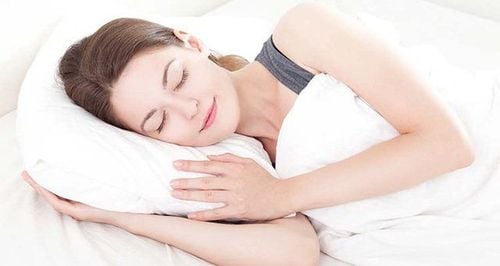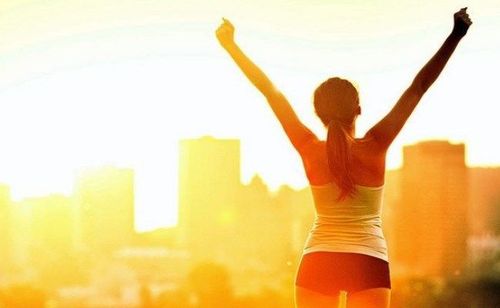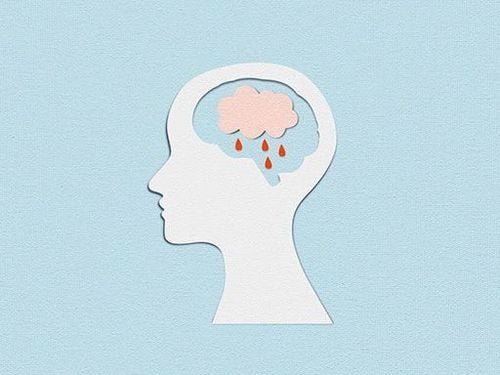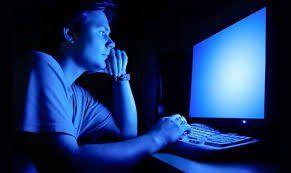This is an automatically translated article.
There are many different reasons why we cannot sleep at night, such as caffeine, noise, disease... Recently, researchers have added another cause of insomnia that many people have. people never thought of, it's an LED energy-saving light bulb that is turned on when it's dark.
1. Light and circadian rhythms
In ancient times, people only exposed to natural sunlight and supplemented the light from the fire at night. They will sleep a long and deep sleep when it is dark, slowly waking up when the sun rises with a clear mind, ready to start a new day.
The human eye detects sunlight as white, but in reality this natural light contains the full spectrum of colors and changes at different times of the day. During the day, cells at the base of our eyes detect the bright sun, in which blue light predominates. In response, these cells signal the body to produce hormones and other chemicals to support alertness. In the weak evening light, the blue tone fades, the biological clock will set the mechanism to prepare us for sleep.
The light we are exposed to during the day also plays a role in the production of melanin at night. Melatonin is a hormone that prepares the body for sleep, and darkness is the body's signal to produce this hormone.
During the day, sunlight causes the brain to release the hormone serotonin - which stabilizes mood and improves concentration, and promotes feelings of calm. The level of serotonin secreted during the day determines the level of melatonin produced at night. A decrease in serotonin during the day is equivalent to a decrease in melatonin at night.
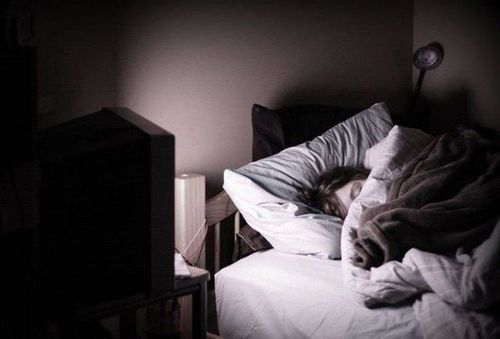
Bóng đèn tiết kiệm năng lượng có thể làm gián đoạn khả năng đi vào giấc ngủ
2. Impact of energy-saving light bulbs
Since the invention of the light bulb almost 150 years ago, we have brought artificial light into our lives. In the past, old incandescent and halogen bulbs produced a warmer and softer light. After that, light-emitting diode (LED) light bulbs were born and used by many people because they are more energy-efficient and durable than ordinary light bulbs.
However this can be related to our health. Modern day workers often spend their daytime exposed to the light of electric lamps instead of the sunlight provided. According to experts, people who regularly live indoors are only exposed to artificial light - the intensity is 100 times lower than natural light outside on a clear day.
At night, we light up our homes with LED energy-saving bulbs that give off a blue light - which is bright, but disrupts our ability to fall asleep. In the last few years, the negative effects of LEDs and the bright blue-white light emitted by this light source have only just begun to be recognized. Some studies suggest that prolonged blue light exposure can lead to cataracts, insomnia, and mood disturbances. Recent research in Australia found that nighttime lighting in LED homes suppressed melatonin levels by up to 50%.
The impact of artificial light on our sleep-wake cycle is huge. For example, when we stay up late, we stay awake longer due to exposure to blue light, at the same time the hormones that regulate hunger or fullness are also affected and you also have more time to eat late. During late night times, your stress hormones are always high making you crave junk food. Almost no one chooses to eat salad at 11 o'clock at night.
Circadian rhythm disruption has also been suggested by the World Health Organization to be carcinogenic. A 2007 study found that people who worked night shifts (exposed to a lot of artificial light at night) had a higher rate of lung cancer after 15 years on the job.
However, the blue light emitted by devices such as computer screens and phones is not entirely bad. Depending on when we are exposed to blue light during the day, our sleep cycle and health are affected. Blue light keeps us awake, so you should expose it in the morning. That's why sunrises have a cool undertone and sunlight has traces of bright, blue light.
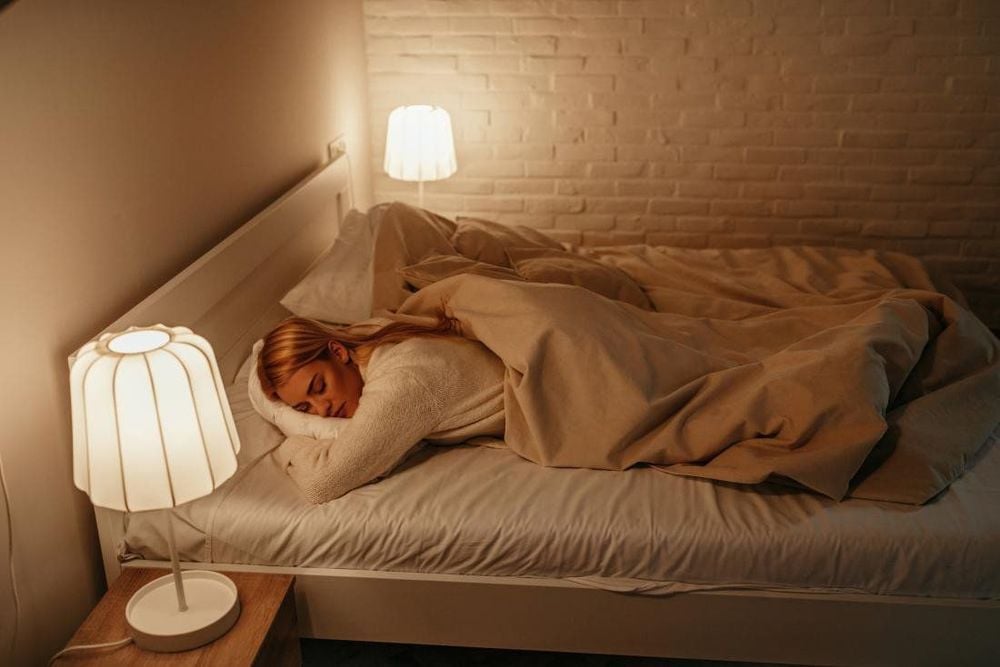
Nếu bạn ngủ ở nơi có nhiều ánh sáng vàng và dịu nhẹ thì sẽ tốt hơn là ánh sáng trắng và lạnh
3. How to sleep well while still using energy-saving light bulbs?
Although all light can block melatonin, the human eye is particularly sensitive to blue light. So the blue light produced by energy efficient light bulbs can have a strong negative effect at night. Experts say that if you sleep in a place with a lot of yellow and soft light, it will be better than white and cold light.
From this fact, researchers at the University of Houston have found a way for us to both save energy, protect our eyesight and get a good night's sleep. Specifically, they have developed a type of LED bulb with a chip that emits purple band light that is less harmful to health. The special material in this chip absorbs this purple light energy and converts it, helping the bulb to emit light that is soft to the human eye. The human brain responds with signals that it is time to fall asleep.
The light from these purple LEDs still includes some blue light but doesn't block it out completely. The researchers hope that the purple LED version will help improve sleep, but some tweaking is still needed before it goes on sale.
In addition, several other electric light companies are also trying to create a lighting system that mimics the cool tones of the rising sun; then automatically switch to blue light, bright during the day; emitting orange and red tones resembling sunsets; and fades in the evening to match natural human rhythms. Another company is also working on creating blue light-free LED lighting products to improve sleep.
Please dial HOTLINE for more information or register for an appointment HERE. Download MyVinmec app to make appointments faster and to manage your bookings easily.
References: webmd.com, stuff.co.nz





